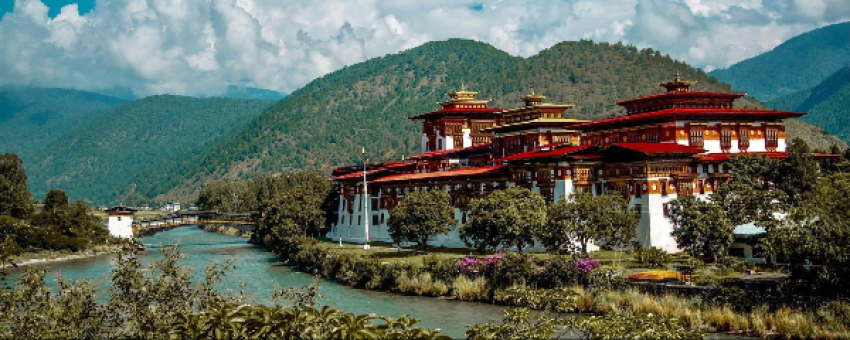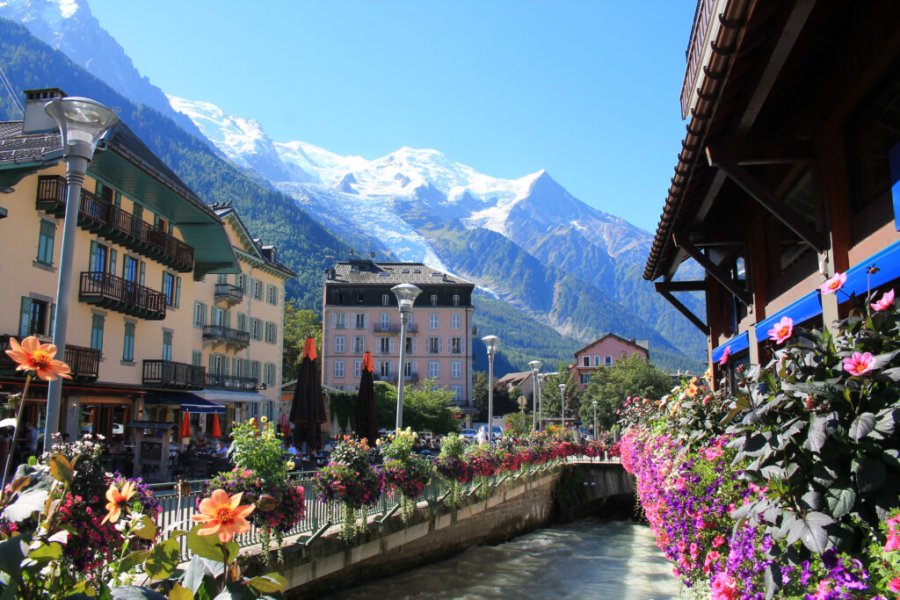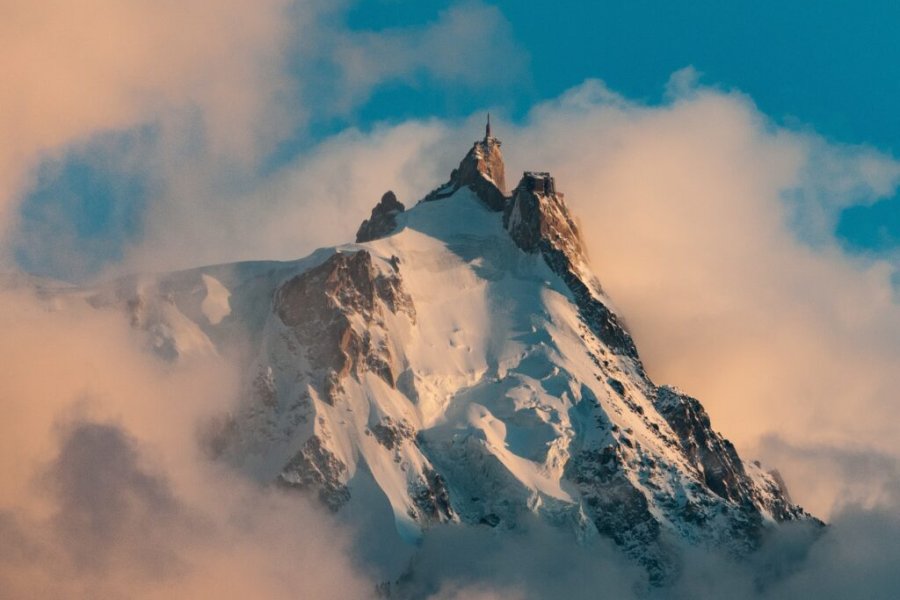A week in Western Bhutan
About Bhutan Tourism Corporation Limited
Founded in 1991, Bhutan Tourism Corporation Limited is synonymous with tourism in Bhutan, it remains the oldest company in the kingdom. Since 1991, BTCL, the Kingdom’s leading agency, has offered its 55,000 (and counting) visitors the best possible travel experiences including cultural tours, treks, international conferences, special interest, and custom travel programs, all led by experts, and highly trained Bhutanese guides. BTCL offers the traveler a superior range of hotels, guest houses, and restaurants, and its own fleet of vehicles.
A pioneer in tourism, BTCL is one of the most experienced travel agencies acclaimed widely for its role in creating and promoting Tourism in Bhutan. Today, BTCL is a leading destination management company with a high reputation for providing novel, tailored, and thoroughly professional services. We make sure our guests enjoy and experience unique and tailored itineraries in your desired tour packages.
With our nationwide network of traditionally designed hotels, restaurants, lodges, and cafeterias, travelers are assured of warmth and comfort. The ride in our transportation fleet is safe, efficient, and comfortable, accompanied by our multilingual personnel of experienced guides.
The BTCL team welcomes you to an unforgettable experience.
Highlights of the trip
During your stay you can enjoy the following highlights: Culture / Heritage, Adventure / Sports & Leisure, Nature travel.
Best months to go
The best time(s) to go is/are : Juin, Juillet, Août, Septembre.
How to get there?
You can get there by Plane.
BHUTAN TOURISM CORPORATION LIMITED
Travel suitable for :
Detail of the stay : A week in Western Bhutan - 8 days
From Paro to Thimphu - Arrival: Paro international airport
Meet your guide and driver after clearing immigration and customs.
Approx. 1 hour 30 minutes drive to Thimphu, the capital of Bhutan.
Meet your guide and driver in the hotel lobby.
Bhutan Postal Museum: This small museum is dedicated to the history of Bhutan's postal service, from its early days when messages were delivered from Dzong to Dzong by the king's bodyguards, to the advent of stamps and modern delivery methods. Coins and religious objects are also on display.
Visit the Memorial Chorten: built in 1974 in memory of the third king, His Majesty Jigme Dorji Wangchuck, it houses a multi-storey stupa and numerous paintings giving an insight into Buddhist philosophy.
10th Dordenma Buddha Statue: The gigantic mountain-top statue of Shakyamuni Buddha is considered one of the largest Buddha statues in the world and one of the most beautiful sites to discover. The statue houses over a hundred thousand smaller Buddha statues, each of which, like the Great Buddha itself, is made of bronze and gilded with fine gold.
Thimphu
Visit to the Royal Textile Academy: A visit to the RTA is an excellent introduction to the techniques and styles of the different textiles woven in the country, as well as to the exhibition of the national dress "Gho" for men and "Kira" for women.
Simply Bhutan Living Museum: This visit will provide an insight into a successful initiative to preserve Bhutan's culture and traditions, as well as traditional contemporary art forms.
National Institute for Zorig Chusum: "School of Arts and Crafts", Zorig Chusum literally means the thirteen traditional arts and crafts. Better known as the School of Painting, this institute is where you can see young children learning and practicing Bhutan's ancient arts and crafts.
CSI Market: This is the largest market dedicated to products made and grown in Bhutan.
Gangtey
Steps: Gangtey
Departure for Gangtey
First stop at the Dochula Pass: The Dochula Pass lies at an altitude of 10,500 feet and is a 23-minute drive from Thimphu. Visitors will discover one of Bhutan's most enchanting panoramas. Weather permitting, it is possible to admire the breathtaking peaks of Bhutan's northern frontier. Her Majesty the Queen Mother, Ashi Dorji Wangmo Wangchuck, inaugurated the 108 Namgyel Khangzang chortens as a tribute to the selfless service and visionary leadership of our fourth king, His Majesty Jigme Singye Wangchuck. These chortens are a new landmark for travellers crossing Dochula, the first mountain pass into the interior of the country.
Visit to the Black-necked Crane Center: Known as Thrung Thrung Keh Narp, which literally means slender, tall and black-necked, the black-necked crane migrates from Tibet to Bhutan every year in late autumn, heralding the end of the harvest season and the start of farmers' relocation to the warmer valleys below. The center is run by the Royal Society for the Protection of Nature (RSPN) and features an observation room with high-powered telescopes and good chances of spotting the famous black-necked crane that migrates to the region during the winter. It also features information on the history of the region.
End the day with a hot stone bath
Hiking in Gangtey
Steps: Gangtey
Gangtey Nature Trail: This is the shortest and most beautiful nature trail in Bhutan. The hike lasts around 2 hours. It takes you through pine and bamboo forest, offering spectacular views over the Phobjikha valley.
Departure for Punakha
Visit to Chimi Lhakhang: Arriving at the village of Sopsokha, you can walk about 20 minutes through the rice fields to the monastery, Chimi Lhakhang. It was built by Lama Drukpa Kuenley (also known as the Divine Madman to Westerners). It is believed that childless women visiting the monastery will become pregnant after receiving the "wang" (blessing).
Visit Punakha Dzong: Strategically located at the junction of the Pho Chu and Mo Chu rivers, built in 1637 by Zhabdrung Ngawang Namgyel, the Dzong served as Bhutan's religious and administrative center until the mid-1950s. The dual system of government was introduced here in the early 17th century, and it was here that the Bhutanese enthroned the first king.
Punakha
Steps: Punakha
Visit the villages of Talo and Nobgang (road/hike): These villages are known for their neat and tidy appearance. Talo village is laid out in traditional Bhutanese style. Talo village is laid out in traditional Bhutanese style. The village is also spiritually blessed and is one of the best things to do in Punakha. There are many monasteries and temples; Talo Monastery, Nalada Buddhist Institute and Nobgang Lhakhang are the best examples. A beautiful village at the top of the Punakha valley. It is 5 km from Talo monastery. Every household in the village has its own vegetable garden, and walking through the village you can see the diversity of birds, making you feel as if you were in another era.
A visit here will give you an insight into village life in Bhutan.
Sangchhen Dorji Lhuendrup Lhakhang: Sangchhen Dorji Lhuendrup Lhakhang is a Buddhist nunnery perched on a ridge overlooking the majestic Punakha - Wangdiphodrang valley. Sangchhen Lhuendrup Lhakhang Nunnery has become one of the must-see sites in the Punakha Valley. This two-storey structure showcases the finest craftsmanship of Bhutanese architecture.
Paro
Steps: Paro
Direction Paro
Visit Taa Dzong and Rinpung Dzong: Ringpung Dzong: Rinpung Dzong: "The fortress on a heap of jewels" was built by Zhabdrung Ngwang Namgyel in 1646. Considered one of the finest examples of architecture, the Dzong, also known as Paro Dzong, houses the valley's administrative offices.
Taa Dzong: This conch-shaped Paro fortress is located just above the Rinpung Dzong. Taa Dzong means watchtower fortress and was converted into Bhutan's national museum under the command of Bhutan's third king, Jigme Dorji Wangchuck, in the 17th century.
Paro - Hiking
Steps: Paro
Day hike to Taktsang (Tiger's Nest) monastery: Taktsang, meaning "Tiger's Nest", is built around a cave in which Guru Rinpoche (also known as Guru Padmasambhava) meditated. The monastery clings to a cliff 914 cm above the valley floor. The hike up to the monastery is exhausting, thrilling and mystical. Legend has it that Guru Rimpoche flew to the monastery site on the back of a tigress and meditated in the cave.
Kyichu Lhakhang: said to have been built by King Songtsen Gampo of Tibet. It is thought to hold the left foot of an ogress so large that it covers Bhutan and most of eastern Tibet. It is one of 108 temples built by the Tibetan king in a single day in the whole Himalayan region, according to legend. The temple also houses a museum dedicated to the late Dilgo Khyentse Rimpoche, featuring a series of objects that once belonged to him.







